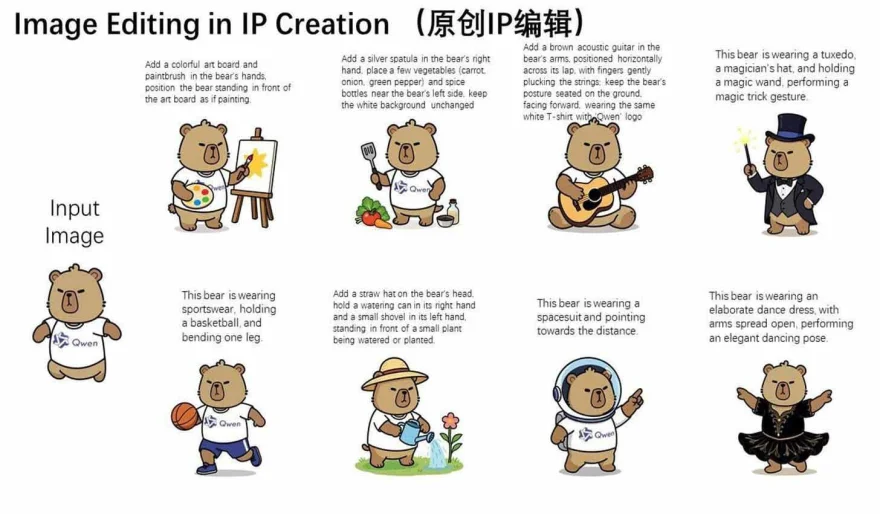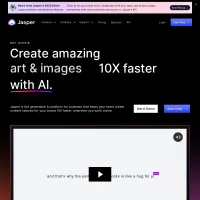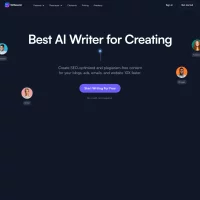Stay Ahead of the Curve
Latest AI news, expert analysis, bold opinions, and key trends — delivered to your inbox.
Alibaba Drops Qwen-Image-Edit: A 20B Parameter Powerhouse for Precision Image Editing
3 min read Alibaba just dropped Qwen-Image-Edit — a 20B open-source model that beats GPT Image and Seedream in editing. It handles precise object tweaks, style changes, even bilingual text edits inside images… all without breaking layout. Quietly game-changing. August 19, 2025 14:54
Alibaba’s Qwen team just open-sourced Qwen-Image-Edit, a 20-billion parameter AI model designed for high-precision image editing. It handles everything from pixel-perfect object changes to full-on style transformations—all while preserving the integrity of the original characters and objects.
What it can do:
-
Two-track editing: Qwen-Image-Edit separates edits into two intuitive categories—broad changes like rotations or style transfers, and targeted region edits that leave the rest of the image untouched.
-
Bilingual editing built-in: It supports Chinese and English text edits directly within images, maintaining original fonts, sizes, and formatting without breaking a sweat.
-
Stackable edits: Users can layer multiple changes sequentially, allowing complex edits to be done piece by piece—no need to restart from scratch.
-
Benchmark dominance: The model achieves state-of-the-art (SOTA) results across multiple image editing benchmarks, outperforming heavyweights like Seedream, GPT Image, and FLUX.
Why it matters:
AI image generation has exploded in recent years, but high-quality AI editing tools have lagged behind. Qwen-Image-Edit signals a shift—offering granular, natural language–based control over edits with open access. Combined with the buzz around Qwen’s “nano-banana” model in LM Arena, Alibaba may be quietly leading the next wave of AI image tooling.



















 AI Agents
AI Agents